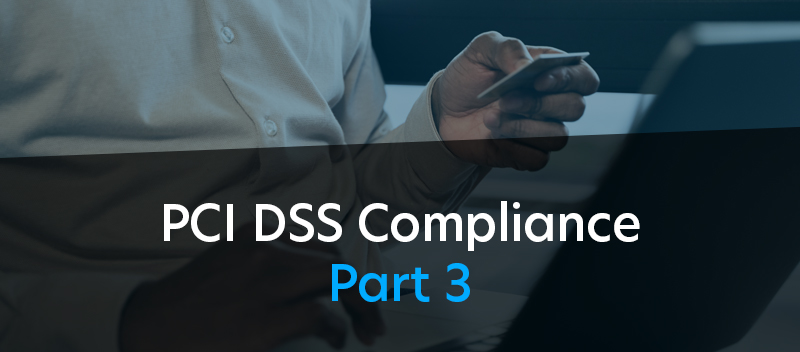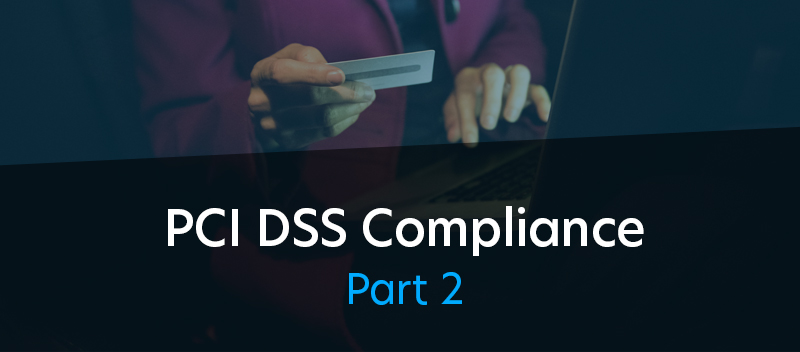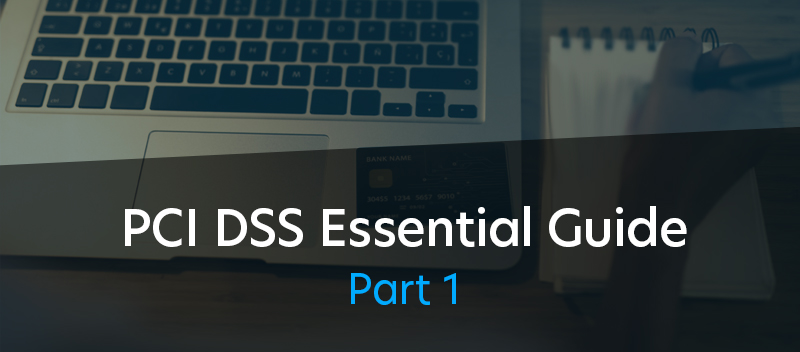Blog Mergers and Acquisitions: The Need for Cybersecurity Due Diligence
Mergers and Acquisitions: The Need for Cybersecurity Due Diligence

Cybersecurity due diligence is the rigorous evaluation of a company’s information security practices, vulnerabilities, and risk exposure — and their impact on a major business deal such as a merger or investment round. The process helps identify weaknesses and gaps that could compromise the success or value of the deal; or undermine the security, reputation, and legal compliance of the parties involved.
In mergers and acquisitions (M&A), cybersecurity due diligence ensures that a company has adequate visibility and insight into the potential risks associated with the organization they intend to acquire or merge with. It involves the careful review of the organization’s policies, networks, systems, and controls to understand emergent risks and mitigate potential threats to the other parties that could arise during and after the deal has been completed.
Enabling a more accurate assessment of risks and business value, cybersecurity due diligence enhances decision-making on many levels and has become an essential tool in M&A.
Understanding Mergers and Acquisitions
Mergers and acquisitions are major transactions where the ownership of companies, business units, or their assets are transferred or consolidated. Among other things, M&A enables organizations to acquire new capabilities, achieve economies of scale, diversify their portfolios, or enter new markets.
Mergers refer to the consolidation of two or more similarly sized firms into one new entity. On the other hand, acquisitions involve the purchase of one company (the target) by another (the acquirer) to gain control over the target’s resources. While delivering many strategic advantages, M&A also involves significant challenges, such as valuation errors, integration issues, regulatory hurdles, and security risks.
Numerous studies and experts rank data breaches and other cyberattacks among the most (if not the top) existential risks today’s businesses face. For companies involved in an M&A deal, addressing this challenge is paramount. And performing cybersecurity due diligence is the first step to do so.
How Cybersecurity Due Diligence Improves the M&A Process
Much of the security risk faced by today’s businesses stems from the continued adoption of traditional cybersecurity approaches and legacy solutions. Largely reactive, these approaches rely on predefined rules and signatures to detect and respond to threats. However, these approaches have proven ineffective in addressing new and unknown forms of cyberattacks. For one, a reactive approach acts only after a security incident occurs, which can result in data compromise, financial damage, and reputational harm.
To adequately protect their information systems and digital assets, companies must complement their conventional security tools with a more proactive and adaptive approach to cybersecurity. One that can anticipate and thwart potential threats before they compromise a system. To do that requires advanced technologies and adaptive processes that leverage artificial intelligence, machine learning, and automation to continuously monitor, analyze, and respond to the evolving threat environment.
Cybersecurity due diligence forms an integral part of a proactive risk management strategy. It enables companies to make an objective assessment of their security and compliance posture; identify cyber risks, and proactively remediate weaknesses and vulnerabilities before they become or cause major problems.
Key Components of Cybersecurity Due Diligence
Cybersecurity due diligence can have many moving parts. The following are its key elements:
- Asset Identification — involves determining relevant business objectives and the resources needed to achieve each of those objectives. Includes hardware, software, data, networks, third-party services, and personnel.
- Threat Analysis — involves identifying potential threats that could compromise the confidentiality, integrity, and availability of identified assets. Analyzes the likelihood and impact of such threats.
- Vulnerability Assessment — involves a comprehensive evaluation of the target company’s IT ecosystem to identify existing vulnerabilities, flaws, and security gaps.
- Risk Mitigation — involves the development and implementation of a remediation roadmap to address the identified risks and improve security measures.
- Monitoring and Reporting — involves the continuous tracking and assessment of the effectiveness of remediated security measures.
Benefits of Cybersecurity Due Diligence in Mergers and Acquisitions
Cybersecurity due diligence provides the following advantages:
- Real-time Risk Awareness — Parties gain a better understanding of a subject company’s current cyber risk exposure, allowing for more informed decision-making and resource allocation. This helps prevent unpleasant surprises, such as hidden liabilities, data breaches, or regulatory fines, that may affect the viability or value of a deal.
- Improved M&A Management — Continuous monitoring and evaluation enable organizations to detect and respond to cyber threats more effectively, minimizing the potential impact of security incidents during the M&A process. This also facilitates the safe integration of the subject company’s systems, processes, and policies, ensuring a smooth and secure transition.
- Enhanced Compliance — Ongoing assessment and improvement efforts help organizations maintain compliance with relevant laws, regulations, and industry standards. This reduces the risk of legal or reputational damage and increases the trust and confidence of customers, partners, and regulators.
Challenges and Solutions
Performing due diligence is a crucial process in M&A. But its actual execution can face several challenges and limitations:
- Resource requirements. Conducting the process requires significant time, money, and expertise. This may strain the resources of one or more parties (acquirer, target, equal partners, etc.) especially if they have different levels of cyber maturity and sophistication.
- Data privacy and security. The process may involve the handling of sensitive and confidential data (such as customer information, IP, and financial records). This may expose parties to data privacy and security risks. Moreover, the data may be subject to legal or regulatory obligations that may limit or prohibit its disclosure or use.
- Organizational culture. A due diligence process may uncover differences in the organizational culture and values of the participating entities, especially regarding their mindset and approaches to cyber risk management. This may create challenges in aligning their strategies, policies, and practices. It may also cause hurdles in fostering trust and collaboration among their staff and other stakeholders.
M&A challenges can be daunting but there are viable solutions to many issues you might encounter. For example, a reliable cyber risk rating service can significantly streamline the process and reduce the cost of due diligence by providing continuous and comprehensive visibility into a company’s cybersecurity and compliance risks.
The iTrust Cyber Risk Ratings Platform enables a 360° risk awareness at all times, automates many due diligence workflows, implements a preemptive threat-response protocol, and adopts a compliance-centric architecture to maintain adherence to all data privacy and protection regulations in every process.
Conclusion
Due diligence can be performed in different ways. But while traditional methods that entail significant resources might have been laudable in the past, there are better ways to stay on top of an M&A deal.
At an age where AI and automation already permeates everyday life, fusing advanced technologies and topnotch human talent is the smartest way companies can carry out the crucial and arduous process of due diligence.
Automate workflows where possible. Let machine learning work in tandem with human experts to actively search for and neutralize threats well before they cause real trouble. Allow AI to improve the visibility and accuracy of risk assessments. Encode compliance into your core processes to avoid regulatory fines and costly litigations.
The rewards of an M&A deal can be tremendous. But only if you manage risks with enhanced diligence.




